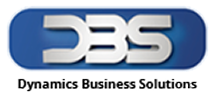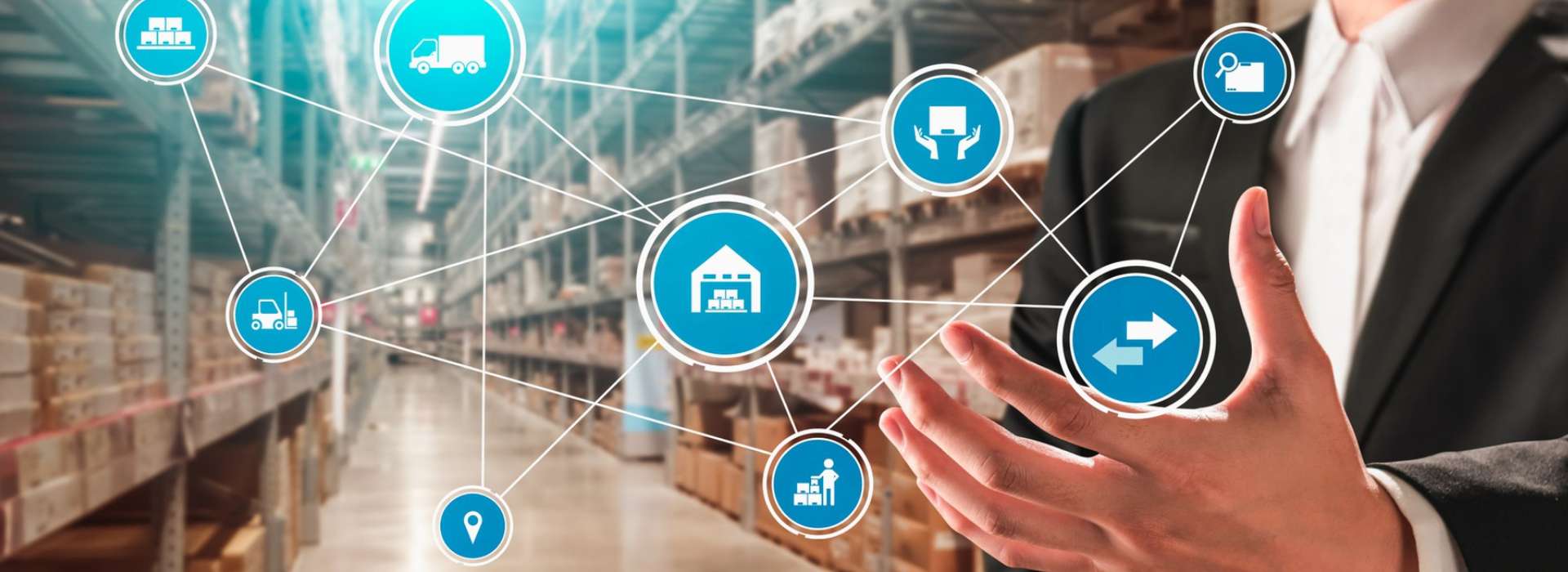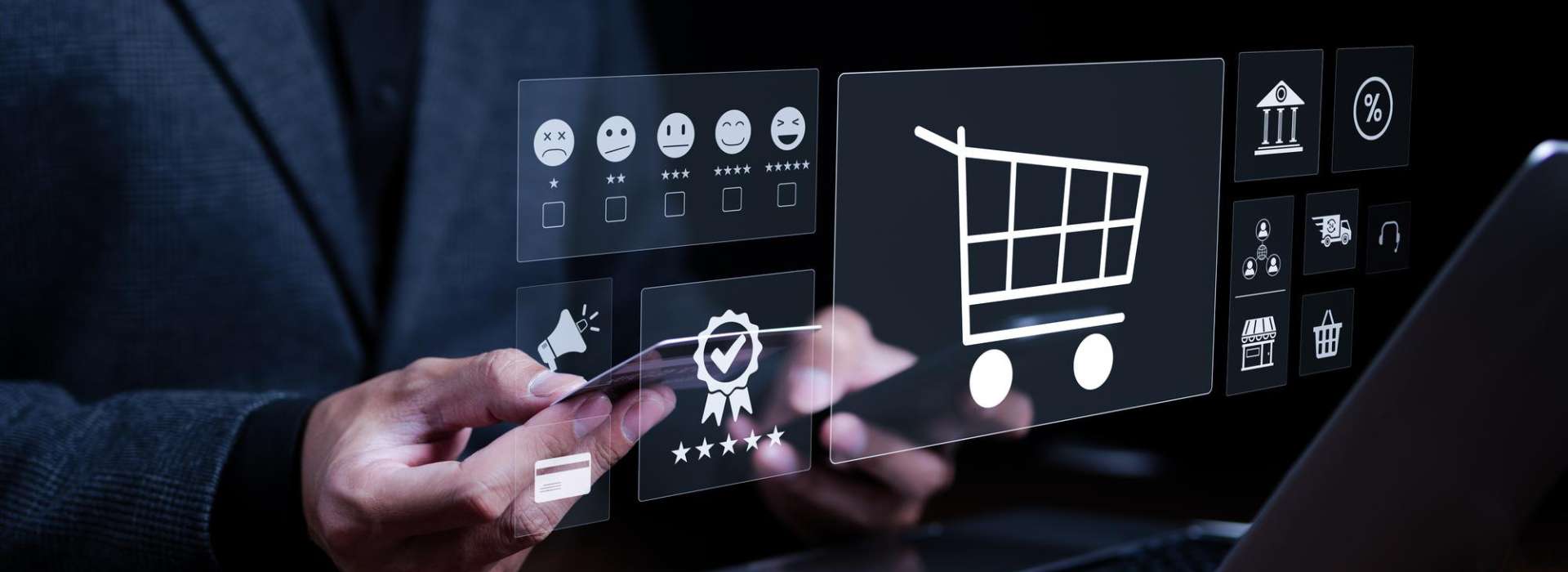Human resources automation has become standard practice, and almost 1 in 4 businesses now use automation or AI to support HR functions like recruitment and hiring. Recent studies show HR automation adoption has jumped by almost 600% in the last couple of years. Companies now see its power to revolutionize their operations.
HR process automation delivers value way beyond time savings. Organizations using HR automation report 85% better efficiency and save substantial time. AI-integrated recruitment workflows and automated onboarding cut new hire costs by up to 30%. HR automation makes data more accurate too. Deloitte reports that data errors often create HR bottlenecks and compliance challenges.
Gartner expects 70% of companies to use process automation by 2025. This makes sense since human resources automation software can handle 16 out of 21 common HR processes almost fully, according to SHRM. This piece will get into real-life results from over 500 companies that use human resource management systems. These companies have seen boosted employee experiences and much lower operational costs.
What HR Automation Looks Like in 2025
HR automation has evolved from an optional efficiency tool to a core business necessity in 2025. Modern HR departments depend on sophisticated software systems. These systems handle everything from daily administration to complex talent management functions, creating simplified processes that seemed impossible a few years ago.
Definition and Scope of HR Process Automation
HR process automation uses technology to digitize repetitive and time-consuming human resources tasks. This minimizes manual work and human input. HR departments save valuable time while improving personnel management through this approach. The scope goes well beyond simple data entry to include:
- Day-to-day administration and standardized forms
- Payroll processing including paychecks and salary changes
- Benefits administration with self-service capabilities
- Talent acquisition and recruitment
- Employee onboarding and offboarding
- Training and development tracking
- Timekeeping (hours worked, sick days, vacation)
- Compliance monitoring and reporting
- Performance management
Automation gives HR teams the freedom to focus on complex responsibilities that need human insight, such as employee involvement, retention strategies, and organizational planning. Automated systems help companies stay compliant with employment laws and industry regulations. This makes audits simpler and strengthens regulatory adherence.
Cloud-Based vs On-Premise HR Automation Software
Companies in 2025 face a fundamental choice between cloud-based and on-premise HR automation software.
Companies install on-premise solutions directly on their internal servers and infrastructure. These systems offer better control over data security and customization options. However, they need substantial upfront investment in hardware and licenses. On-premise deployments also need dedicated IT resources to install, maintain, and update.
Cloud-based HR software works on a Software-as-a-Service (SaaS) model. External servers host it and users access it through the internet. This approach offers several benefits:
- Faster deployment with minimal IT involvement
- Lower original costs through subscription-based pricing
- Access from any location with internet connectivity
- Automatic updates managed by the vendor
- Better scalability as organizations grow
Organizations with distributed workforces across multiple time zones find cloud-based HR solutions especially valuable. All the same, businesses in heavily regulated sectors often prefer on-premise options to maintain maximum control over sensitive data.
PwC’s HR Tech Survey shows cloud transformation as the third biggest human capital challenge. Yet successful implementations show impressive results—86% of respondents reported improved productivity, 84% noted increased employee involvement, and 82% saved money.
Adoption Trends Across Industries
HR automation software adoption continues to accelerate across sectors. Large and mid-size companies show 96% usage of learning management systems in 2025. Over 90% of employers use technology to manage benefits, and 75% have automated payroll systems.
The global HR technology market shows reliable growth. Projections indicate expansion from USD 23.98 billion in 2022 to USD 39.90 billion by 2029. This growth reflects the ongoing need for innovative solutions that optimize workforce management processes.
Several factors push this rapid adoption. We noticed that 57% of HR professionals work beyond capacity and struggle with increasing workloads. HR automation provides much-needed relief by handling repetitive tasks efficiently.
Generative AI (GenAI) has become a game-changer reshaping HR functions. HR leaders conducting GenAI pilots and planning implementations doubled between June 2023 and January 2024. Organizations apply this technology to improve employee-facing chatbots, simplify administrative tasks, and manage job descriptions better.
Gartner projects that AI’s global jobs impact will stay neutral through 2026. AI solutions introduced to increase or autonomously deliver tasks could create over half a billion net-new human jobs by 2036.
8 Real Benefits of Human Resources Automation
Companies of all sizes now use HR automation and see amazing results. We analyzed over 500 organizations to show how these technologies give clear advantages in HR functions of all types.
Improved Data Accuracy and Reduced Errors
HR automation drastically cuts down errors. Manual data entry often causes mistakes that can mean serious trouble. Automated systems cut these errors by making procedures standard and needing less human input. So, businesses get better data accuracy and consistency in their operations. Deloitte points to error reduction as a key metric for HR teams because data mistakes create bottlenecks and make compliance harder.
Faster Onboarding and Offboarding
HR automation makes the entire employee lifecycle smooth. Companies that use well-laid-out automated onboarding keep 82% more new hires and boost productivity by over 70%. Automated systems make sure new employees get all their documents, training materials, and introductions without manual checks. The automated offboarding process cuts exit procedure time by 30% and ended up saving thousands in costs.
Better Compliance and Audit Readiness
Automated compliance tools watch HR activities non-stop and let organizations fix issues quickly. Live reporting features explain compliance status right away and help spot risks before they grow. Companies using automated HR services cut data entry errors by 50% and reduce compliance issues by 35%.
Improved Employee Experience and Involvement
HR professionals can spend more time on strategic work that affects employee involvement when routine tasks become automated. Deloitte research shows that companies using automated HR services see 20% happier employees thanks to smoother processes and quick information access. A Gallup study also found that regular feedback through automated systems leads to 14.9% less turnover and 21% more profit.
Lower Operational Costs
Companies save 22% on average in the first year after adding HR automation. Businesses can cut HR operational costs by up to 40% with automation technologies. McKinsey’s recent study shows that companies using advanced HR tech save 15-20%. These savings come from less manual work, fewer errors, and better resource use.
Expandable Workflows for Growing Teams
Reliable HR systems handle extra work as companies grow. Standard HR processes help cut mistakes and differences as organizations expand. HR workflows stay efficient whatever the company size, and every HR task follows labor laws while keeping employees happy.
Centralized Data and Reporting
One central place for HR data creates a single source of truth and stops duplicate entries and mix-ups. This setup allows live updates and reporting, which builds a solid base for strategic choices. It gives accurate data through standard processes and complete reporting tools, helping HR add more value to business strategy.
Boosted Productivity for HR Teams
Deloitte reports HR automation grew by 599% in the last two years, with HR bots now part of 39% of employee automations. HR professionals save more than seven hours weekly on paperwork. HR teams can now focus on work that needs human judgment, like career guidance, solving complex problems, and creating retention programs.
The benefits grow even more when combined with systems like Dynamics 365 Finance and Operations or Business Central. This creates smooth workflows between departments.
How to Choose the Right HR Automation Software
Organizations need to consider several key factors to pick the right HR automation software. The market offers many options, and companies must find a solution that matches their specific needs.
Evaluating Features: Time Tracking, Payroll, Self-Service
The core functionalities should deliver quick value to your organization. Time tracking tools need web-based timesheets, mobile access, and they should work with different time collection methods. Your payroll system must calculate hourly totals based on company policies and apply overtime rules. The data should flow naturally to payroll systems to cut down errors and save time.
Employee self-service capabilities play a vital role. The best platforms let staff members:
- View and approve time cards
- Check PTO balances and submit time-off requests
- Access schedules and benefits information
These self-service features help reduce costs. A single HR data entry task costs USD 4.78 on average.
Integration with Dynamics 365 FO and BC
Microsoft Dynamics 365 integration brings major benefits. Business Central users need HR automation solutions that provide detailed employee data management, quick leave processing, and adaptable work schedule setup.
Teams using Finance and Operations should look for solutions that let employees check time-off balances and submit leave requests through Microsoft Teams. This integration helps avoid creating a separate IT system for HR next to your ERP system, which could lead to data silos and security issues.
Security and Compliance Capabilities
The software handles sensitive employee information, so security features are essential. Look for solutions that offer:
- Role-based access controls
- Encryption for stored and transmitted data
- Compliance with data protection regulations like GDPR and CCPA
The compliance monitoring should cover local, state, and federal regulations. The system needs features that support payroll tax filing, wage garnishment processing, multi-state operations, employment verification, and ACA compliance.
Vendor Support and Customization Options
The vendor’s support system and ability to customize are crucial factors. The best providers give you:
- 24/7 technical support
- Detailed knowledge bases
- Multiple support channels
Your solution should let you create custom workflows, set flexible permissions, and build custom reports. The HR team should be part of the selection process early. This approach ensures better adoption rates and helps plan proper training after implementation.
A systematic review of these factors helps companies choose HR automation software that meets their current needs and grows with them.
Implementation and Change Management
HR automation needs strategic planning and careful execution to work. The right implementation strategy will substantially affect ROI and user adoption rates in organizations of all sizes.
Data Migration and Parallel Payroll Testing
A well-laid-out data migration approach includes collecting worker data, cleaning it for consistency, uploading to the new system, setting up managers and reporting structures, reviewing accuracy, and moving away from legacy systems. Companies should run both old and new systems at the same time to spot differences before full deployment.
Organizations should export payroll information, enter it in the new system, compare results, and group inconsistencies during parallel testing. The testing process takes 1-3 payroll cycles based on workforce size and complexity. This check ensures employees get their correct pay without any issues.
Training HR Teams and End Users
The right training plays a key role in successful adoption. Core team members need to learn about main HR functions like onboarding, employee records management, and reporting. Here’s how to maximize participation:
- Provide walk-through videos and learning resources
- Send company-wide communications with clear instructions
- Gather ongoing feedback from users
Companies that focus on training see up to 40% higher employee adoption rates. They should also set up helpdesk or support systems to handle questions during transitions.
Setting KPIs for Automation Success
Clear metrics help measure how well automation works. Main KPIs should track baseline costs before automation, post-implementation expenses, time savings, and error reduction rates. Companies should monitor cost savings through reduced manual processes , improved efficiency, and fewer errors.
Payroll, benefits administration, and recruitment processes usually offer the highest savings potential. On top of that, tracking employee engagement scores shows automation’s wider effect on the organization.
Avoiding Common Pitfalls During Rollout
Teams often face challenges with outdated technology, complex systems, and resistance to change. Regular system updates, stakeholder involvement, and clear communication channels help reduce these risks.
Note that automation aims to improve human capabilities rather than replace them. The best implementation combines technological efficiency with HR’s human touch.
Future-Proofing Your HR Tech Stack
Organizations need to think about protecting their HR automation investments. Advanced technologies and global standards will ensure these systems remain viable for years to come.
AI and Machine Learning in HR Automation
The AI market in HR continues to mature rapidly. Market projections show growth reaching USD 26.50 billion by 2033. AI applications now change how recruitment works. The technology filters resumes based on skills and analyzes video interviews. Candidates undergo evaluation through neuroscience-based games. Companies that use AI-powered recruitment have cut their hiring time by over 50,000 hours. They also report better diversity numbers.
Predictive analytics helps organizations shift from reactive to proactive approaches. The technology forecasts turnover risks by analyzing past data. It projects future hiring needs based on growth patterns. Skills gaps get identified before they hurt operations. Employee engagement analysis helps prevent satisfaction issues before they arise.
Companies that use AI for diversity hiring see a 69% increase in racial and ethnic diversity among candidates. Dr. Dieter Veldsman puts it well: “HR technologies will inevitably replace some tasks traditionally performed by HR professionals—and this should be seen as a positive evolution”.
Global Compliance
Remote work has become standard practice. This shift makes compliance across borders a major challenge. A global-at-the-core approach lets organizations “operate internationally while managing locally”.
Automated compliance tools provide updates on labor laws, tax regulations, and HR policies across jurisdictions in real-time. These systems alert users about policy changes. They ensure employment contracts follow local laws and produce documentation for audits.
Reliable compliance automation helps organizations reduce risks in several areas. These include minimum wage requirements, working hours, and tax calculations across countries. The system also handles data protection regulations like GDPR and CCPA, along with employee benefits administration requirements.
Modern HR platforms work alongside state-of-the-art solutions to “keep pace with new regulations and industry changes without the pain of costly, time-consuming upgrades”. These flexible systems give customers control. They also ensure auditability and data security across global operations.
Dynamics Business Solutions (DBS) is certified Microsoft Dynamics partner in UAE, we take pride in our ability to develop and deploy the right business solution that matches global client’s requirements. DBS has developed in-house state of the art solutions for HR and Payroll, Dynamo and DynaPay on top of Microsoft Dynamics 365 FO and Business Central respectively. These solutions are catering the all business needs of HR and Payroll departments. We provide best services and support to our clients.
To know more, speak to our expert at Dubai: +971 4 447 5525 Jeddah: +966 508162072 or inbox us your query at info@dynamics.ae OR visit www.dynamics.ae
FAQs
Q1. How will HR automation transform the workplace by 2025?
By 2025, HR automation is expected to handle 16 out of 21 common HR processes almost completely. This will allow HR professionals to focus on strategic initiatives like employee engagement and retention strategies, while automated systems manage day-to-day tasks, improve data accuracy, and ensure compliance with regulations.
Q2. What are the key benefits of implementing HR automation?
The main benefits include improved data accuracy, faster onboarding and offboarding processes, better compliance and audit readiness, enhanced employee experience, lower operational costs, scalable workflows for growing teams, centralized data and reporting, and increased productivity for HR teams.
Q3. How does HR automation software improve employee experience?
HR automation enhances employee experience by providing self-service capabilities, streamlining processes, and enabling quick access to information. This leads to higher employee satisfaction levels, with organizations experiencing up to a 20% increase in employee satisfaction after implementing automated HR services.
Q4. What should companies consider when choosing HR automation software?
When selecting HR automation software, companies should evaluate key features like time tracking, payroll, and self-service capabilities. They should also consider integration with existing systems (like Dynamics 365), security and compliance features, vendor support, and customization options to ensure the solution meets their specific needs.
Q5. How is AI shaping the future of HR automation?
AI is rapidly transforming HR automation, particularly in areas like recruitment and predictive analytics. AI-powered tools can filter resumes, analyze video interviews, and forecast turnover risks. Companies using AI for recruitment report significant time savings and increased diversity in their candidate pools, with some cutting hiring time by over 50,000 ho




